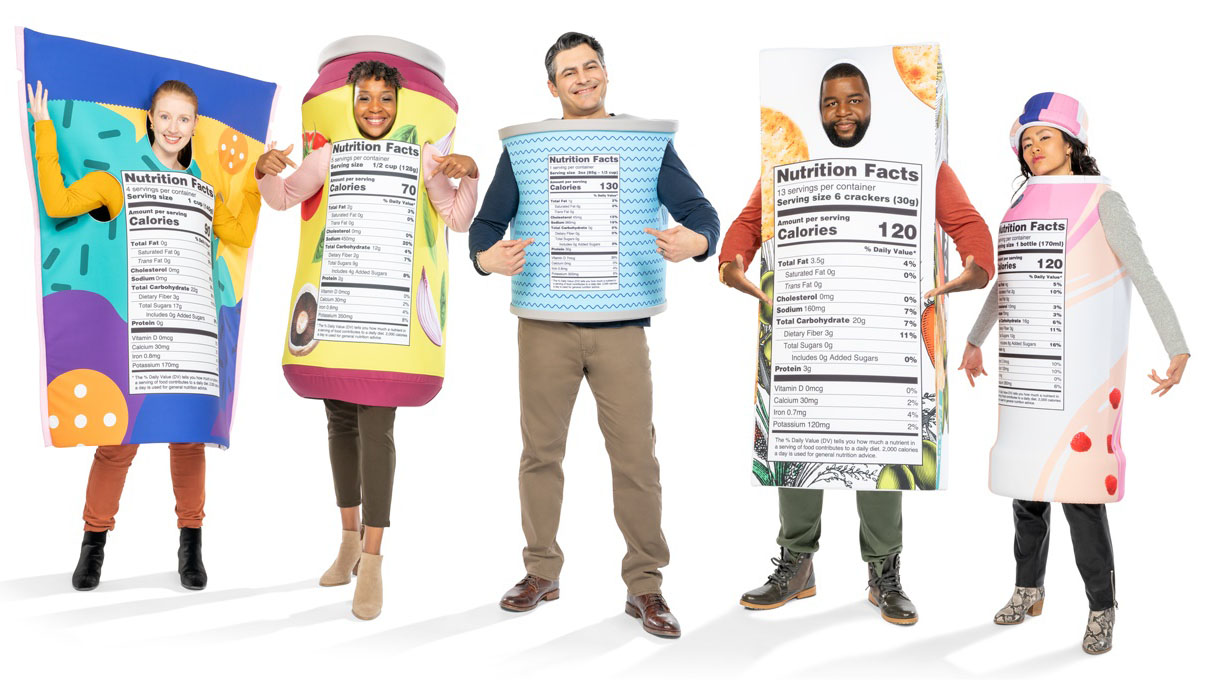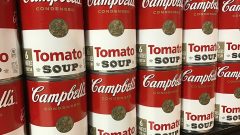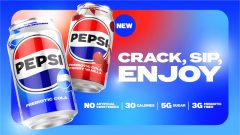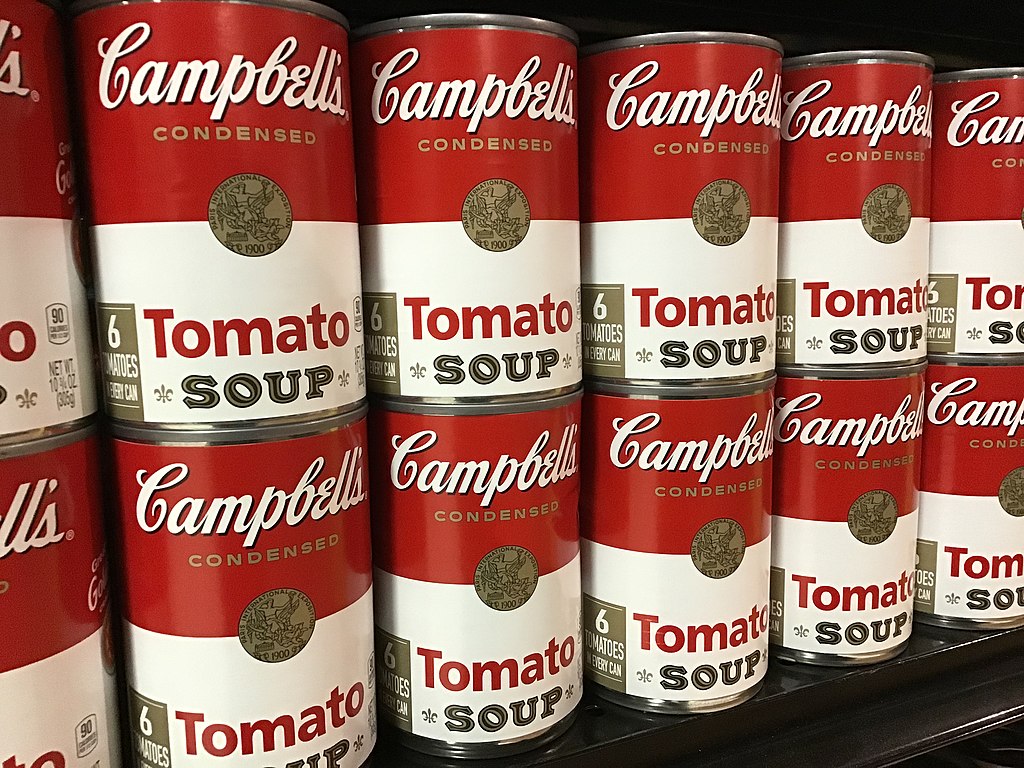The Food and Drug Administration Plans to Redefine ‘Healthy’ for Packaged Foods

On Thursday, the FDA published a proposal to update the current definition for the term “healthy.” Considered an “implied nutrient content claim,” the FDA wants to ensure the term healthy is consistent with current nutrition science and federal dietary guidance, especially Dietary Guidelines for Americans, with respect to how consumers can maintain healthy dietary practices.
While the proposal isn’t finalized, once approved the requirements for when the term “healthy” can be used on packaged foods will be revised. The aim is to more accurately indicate that a “food’s level of nutrients may help consumers maintain healthy dietary practices by helping them achieve a total diet that conforms to dietary recommendations.”
According to the FDA, “More than 80% of people in the U.S. aren’t eating enough vegetables, fruit and dairy. And most people consume too much added sugars, saturated fat and sodium.”
Currently, only about 5% of packaged foods are labeled as “healthy.” The proposed rule will help to better account for a wider pool of nutrient food groups that contribute and may work together to create healthy dietary patterns and improve health.
“Diet-related chronic diseases, such as cardiovascular disease and type 2 diabetes, are the leading causes of death and disability in the U.S. and disproportionately impact racial and ethnic minority groups,” said FDA Commissioner Robert M. Califf, M.D. “Today’s action is an important step toward accomplishing a number of nutrition-related priorities, which include empowering consumers with information to choose healthier diets and establishing healthy eating habits early. It can also result in a healthier food supply.”
If the proposal is finalized, in order for packaged foods to be labeled “healthy,” the products would need to:
- Contain a certain meaningful amount of food from at least one of the food groups or subgroups (e.g., fruit, vegetable, dairy, etc.) recommended by the Dietary Guidelines.
- Adhere to specific limits for certain nutrients, such as saturated fat, sodium and added sugars. The threshold for the limits is based on a percent of the Daily Value (DV) for the nutrient and varies depending on the food and food group. The limit for sodium is 10% of the DV per serving (230 milligrams per serving).
For example, a cereal would need to contain ¾ ounces of whole grains and contain no more than 1 gram of saturated fat, 230 milligrams of sodium and 2.5 grams of added sugars.
To help assist consumers, the agency is also in the process of developing an updated symbol that manufacturers could use on their products to show it meets the “healthy” claim criteria.
For more information on the steps the FDA is taking to help improve nutrition and health, read here.






















